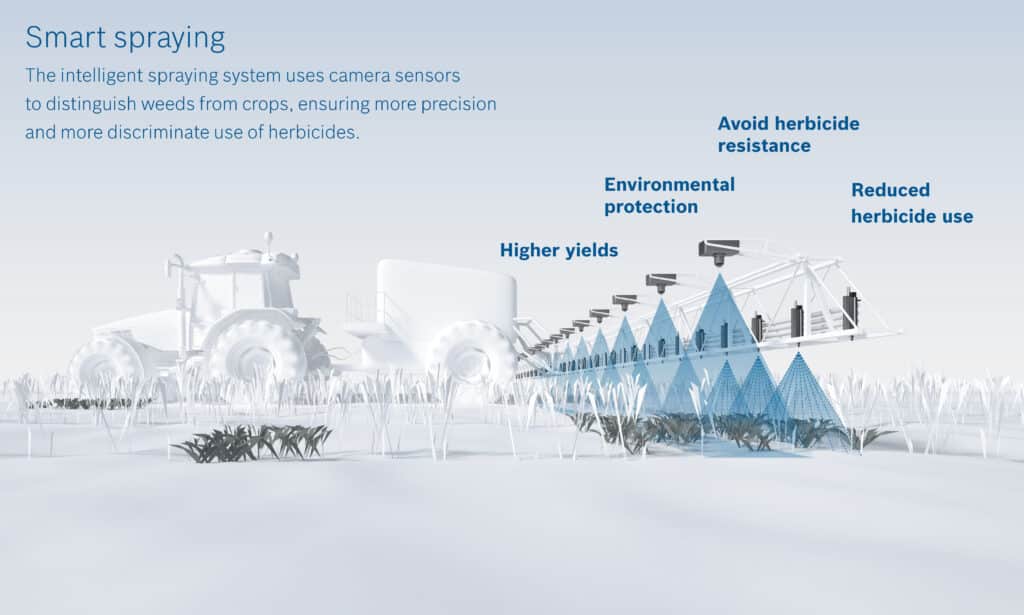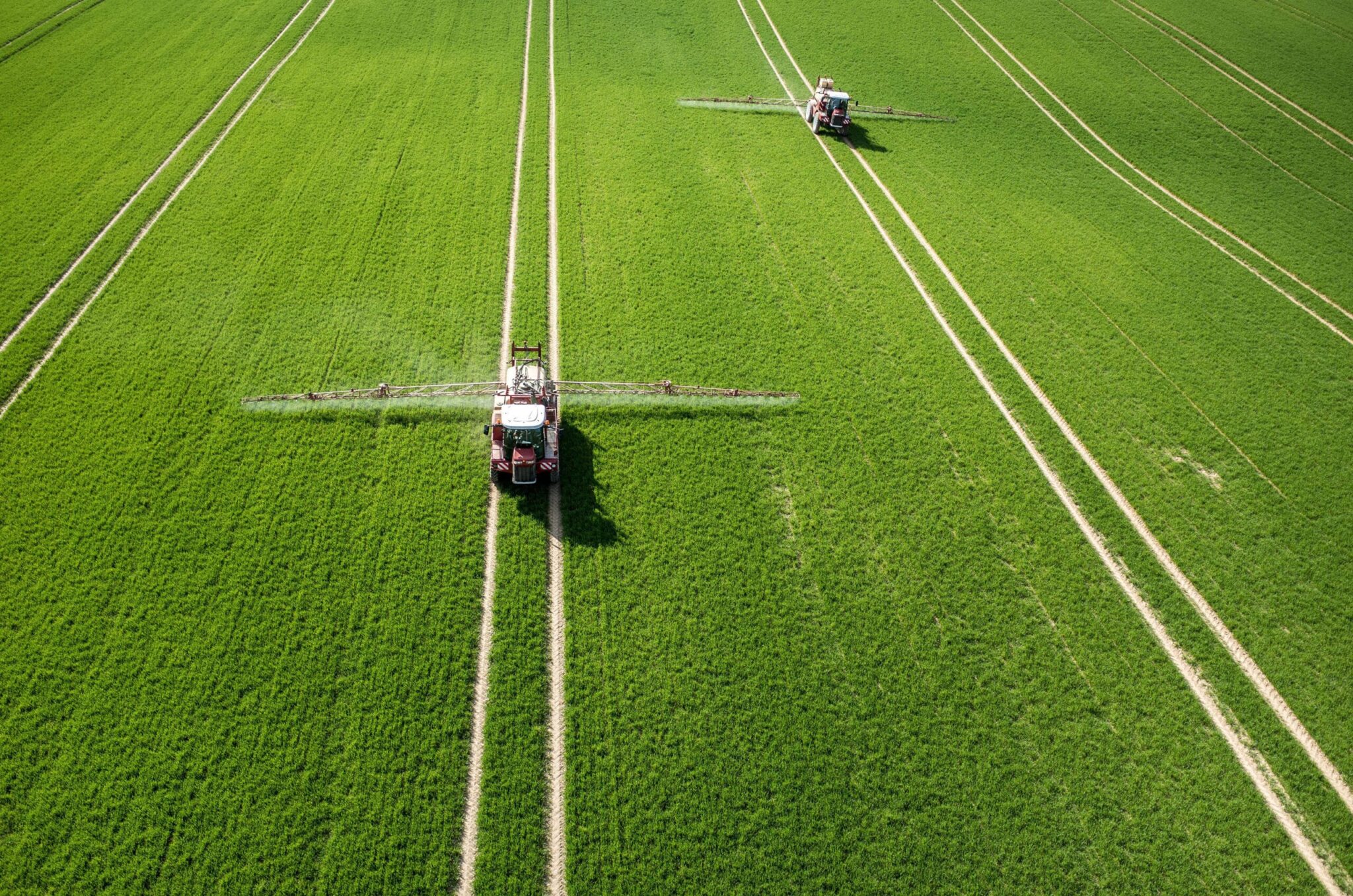New EU Regulation is boosting Integrated Pest Management
On 22 June 2022, the European Commission published their proposal for a new Regulation on the Sustainable Use of Plant Protection Products (SUR). These include EU wide targets to reduce by 50 per cent the use and risk of chemical pesticides by 2030, which is in line with the EU’s Farm to Fork and Biodiversity strategies. These new proposals are part of a package of measures to reduce the environmental footprint of the EU’s food system and should help mitigate the economic losses due to climate change and biodiversity loss. We wanted to know the impact of this new Regulation on Europe’s seed sector, so European Seed sat down with Dr. Anja Klatt, Chair of the SUD Committee at Croplife Europe.
European Seed (ES): Anja, can you explain in a nutshell what the new SUR proposal entails?
Anja Klatt (AK): The European Commission intends to meet a few of the objectives of the EU Farm to Fork Strategy through the new proposed SUR. The proposal aims to further increase the uptake of Integrated Pest Management (IPM), whilst aiming to reduce by 50 per cent the overall use and risk of chemical pesticides, as well as the use of more hazardous pesticides, by 2030.
ES: Is there a need to revise the current SUD?
AK: The current Directive on the Sustainable Use of Pesticides (SUD) was drafted about 15 years ago. During these years many improvements have been made in the areas of training, handling and storage of plant protection products or water protection. The revision of the SUD is a great opportunity to further improve the uptake of Integrated Pest Management including new technologies such as biopesticides as well as digital and precision agriculture tools.

Anja Klatt
Our industry has been part of intensive stakeholder exchanges for more than a year. As usual, there are different views and opinions, but there is one aspect we all agree on, IPM should be further promoted and remain the cornerstone of this regulation.
ES: What changes are proposed in the area of IPM?
AK: The European Commission suggests that crop specific guidelines shall be established, and farmers are to enter all measures in an electronic IPM register. The proposed measures shall ensure that all farmers and other professional pesticide users practice Integrated Pest Management (IPM) in a proper way. We also agree with the recognition that IPM varies depending on crop and on region. Strawberries grown in Spain might require different techniques to those grown in Poland.
ES: What is your opinion?
AK: It is good to see that IPM remains the cornerstone of the new regulation. In my opinion, the new regulation should focus on pragmatic approaches and avoid unnecessary administrative burdens for farmers and Member States. In short, it must be user friendly in order to ensure the uptake by farmers. In addition, proper uptake of IPM also depends on the availability of a broad toolbox for producers. Farmers can only reduce inputs if they have access to alternatives, including a combination of agronomic practices, chemical and biological solutions, seed treatment, new breeding technologies, as well as digital and precision tools.
ES: Pesticide Reduction Targets is a big topic in the debate, is the Commission approach realistic?
AK: The Commission has proposed legally binding targets at EU level to reduce by 50 per cent the use and the risk of chemical pesticides as well as the use of the more hazardous pesticides by 2030. Member States will be obliged to set national reduction targets within defined parameters to ensure that the EU wide targets are achieved.
I strongly believe that any pesticide reduction targets at EU and member state levels need to be proportionate and realistic to the objective of reducing the risk and use of pesticides. It is key to give Member States the flexibility in setting achievable targets, taking into consideration the consequences for food security, farmers competitiveness, consumer prices and increasing imports. It is important to note that European Commission’s Harmonized Risk Indicator already shows a significant decrease in pesticide use and risk over the last years.
ES: What is the role of innovation?
AK: Promotion of innovation will be the key driver for achieving the objectives of the SUR and guide the transition towards a more sustainable food production model in Europe. Quicker access for farmers to innovative and new technologies such as precision and digital tools as well as biopesticides will be needed to achieve the targets, including reducing the risk and use of pesticides.
Digital and precision technologies can significantly reduce the amounts of inputs, unfortunately we do not see a regulatory environment that is effectively promoting the uptake of these technologies. Growing more with less are not mutually exclusive concepts. As a matter of fact, optimizing the use of resources is essential for modern agricultural production. Precision, Digital and Smart Agriculture is a way to “apply the right treatment, in the right amount, in the right place, at the right time”. It is a farming management system based on observation, measurement and responding to variabilities inside and between fields.

Our industry is very active in the development of alternatives for farmers such precision and digital technologies and have been for many years. In 2020, the crop protection industry committed to invest €14B in the development of digital and precision tools as well as biopesticides. There are digital platforms for crop optimization, allowing farmers to use plant models and agronomic algorithms. These combine and continuously analyse multiple data inputs, including historical agronomic information, in-season risks, weather data and satellite-based biomass images. These data are then able to provide clear agronomic recommendations for managing individual fields and field-zones. Farmers can use such digital tools to create Variable Rate Application (VRA) maps for fungicide treatment. They identify high and low performing areas, so fungicides are only applied in the right dosage and only when and where needed. This means greater input efficiency and reduced environmental impacts. In addition, there are also advanced smart spraying technologies. These technologies combine high-tech cameras and software and have systems that are – capable of recognizing weeds and selectively applying herbicides only where, and if they are needed.
ES: And in the seed sector?
AK: Any innovation that can contribute to achieving the targets or offer alternative solutions for farmers should be considered. Plant breeding innovation contributes to achieving sustainable intensification of agriculture and helps adapt varieties to changing climatic conditions as well as evolving pests and diseases. Innovation in plant breeding, such as the use of New Genomic Techniques (NGTs), should be rapidly enabled to ensure harvests while optimising the use of plant protection products and fertilizers. The EU Commission has recognized the potential of plant breeding innovation to contribute to sustainable agri-food systems as set by the Green Deal and Farm to Fork Strategy. Removing the roadblocks to unlock the potential of these tools should be undertaken in a timely manner.
In addition, seed treatment limits the potential exposure of non-target organisms to plant protection products (PPP) in the soil and the air. It also involves less exposure of operators and bystanders: a careful management system ensuring safety and environmental protection. Therefore, seed treatment should be an integral part of IPM schemes.
ES: What is the biggest watch-out?
AK: The current text foresees a total ban on PPP use in « sensitive areas ». This would have drastic effects on agricultural productivity in several Member States just mentioning here Germany as a very prominent example, where one third of the agricultural area would be taken out of production.
Many sites for seed breeding activities are located in areas that are covered by the current definition. A general ban on using plant protection products in these areas would put plant breeding in Europe at risk.
ES: Is there anything that you are missing in the proposal?
AK: Yes, we see a strong need for complementary indicators at both EU and MS national levels. This would allow us to see the complete picture and would help to better illustrate the progress made in the risk and use of pesticides over the past years. For example, one could think of indicators that consider agronomic conditions, agricultural productivity, EU autonomy and land-use efficiency as well as consumer, operator, and environmental safety. These, in turn, would support a more well-informed and productive discussion about the transformation of agriculture.
ES: In conclusion
AK: It’s good to see that IPM will continue to be the cornerstone of the revised policy. And yes, sometimes political targets are helpful to kick off and trigger a desired transformation. But we still need to be realistic and give Member States the flexibility in setting their targets, taking into account the impacts on food security, farmers‚Äô competitiveness, consumer prices as well as increased imports from third countries.
And let’s ensure that EU policies support and encourage innovation which can help to actually achieve the F2F targets.
Editor’s Note: Besides Chair of the Croplife Europe committee on SUD, Anja Klatt is also Senior Manager Public & Government Affairs, Agricultural Solutions at BASF.
Header photo — Bosch and xarvio aim to make the use of pesticides more efficient. Picture: Bosch.
Read More from the November Issue:
Navigating through the EU Funding Maze













